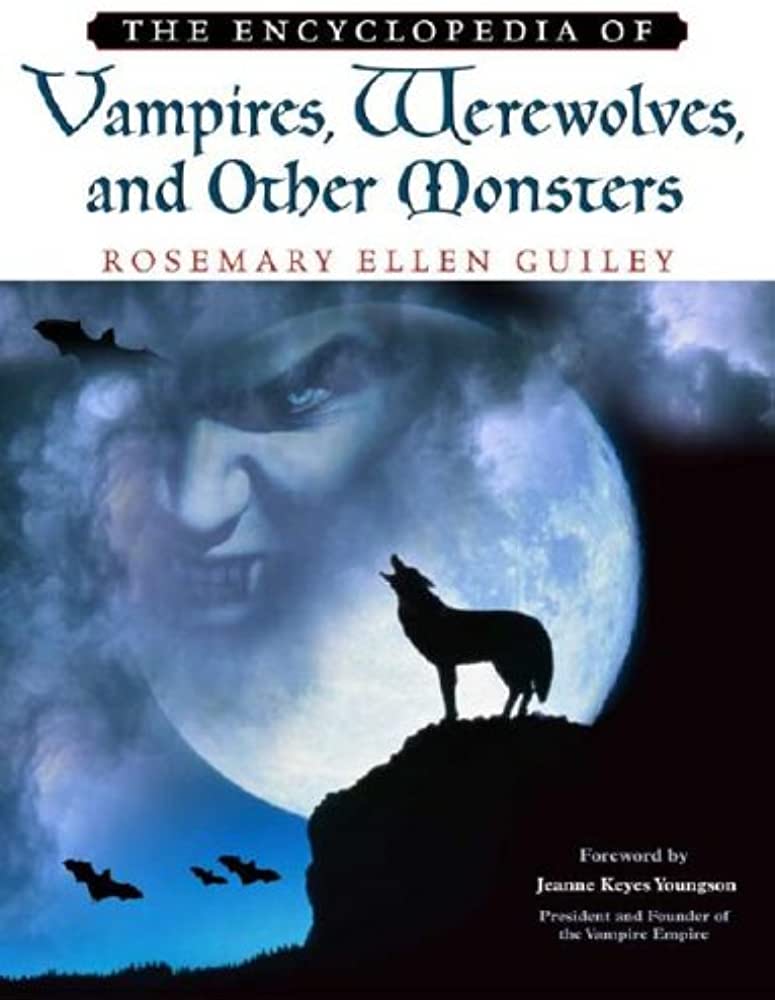Werewolves and vampires have been a popular subject in Western culture for centuries, depicted in different forms of media such as literature, films, and television shows. Their origins differ greatly, with werewolves originating from Greek mythology, while vampires have roots in Eastern European folklore. While both creatures are supernatural, they differ in their characteristics, with werewolves being aggressive and difficult to reason with, and vampires possessing hypnotic powers and immortality. These mythical creatures have been portrayed in different ways over time, with vampires seeing a resurgence in popularity in recent years, while werewolves’ popularity has declined.
Werewolves vs. Vampires: The Popular Depictions of Mythical Creatures in Western Culture
Introduction
For centuries, humans have been interested in supernatural beings such as werewolves and vampires. These creatures have been portrayed in various forms of media, such as literature, films, and television shows. Although werewolves and vampires share some similarities, they differ in their origin, characteristics, and pop cultural representations.
Origin
Werewolves and vampires have different origins, which are deeply rooted in mythology, folklore, and legend.
Origin of werewolves
Werewolves, also known as lycanthropes, originated in Greek mythology. The Legend of Lycaon is the oldest known origin story of werewolves. According to the legend, Lycaon, the king of Arcadia, angered Zeus by serving him human flesh. In response, Zeus turned Lycaon and his sons into wolves. This legend and other versions of it have been spread throughout history and taken many forms in different cultures.
Origin of vampires
Vampires have their origin in Eastern European folklore. The word vampire comes from the Serbian word vampir, which means “a phantom, a ghost.” In the Balkans, vampires were believed to be undead humans who rose from the grave to suck the blood of the living. The beliefs spread to Western Europe in the 18th century, inspiring Gothic literature and providing the foundation for many modern-day vampire stories.
Characteristics
Although both werewolves and vampires are supernatural creatures, they differ greatly in their characteristics and abilities.
Characteristics of werewolves
Werewolves are usually portrayed as human beings who can transform into wolves or anthropomorphic wolf-like creatures. The transformation is often triggered by a full moon, and the werewolf is forced to change regardless of their will. They possess superhuman strength, speed, and senses, and are often depicted as aggressive and difficult to reason with.
Characteristics of vampires
Vampires are usually portrayed as undead creatures with pale skin, sharp fangs, and the ability to transform into bats or wolves. They are often depicted as charismatic and seductive, with the power to hypnotize and manipulate their prey. Vampires are also known for their sensitivity to sunlight, their aversion to holy symbols and garlic, and their immortality.
Pop Cultural Representations
Werewolves and vampires have been popularized in various forms of media throughout history. Books, movies, and TV shows have portrayed these creatures in different ways, and their popularity has varied over time.
Werewolves in Pop Culture
Werewolves have been a part of pop culture for centuries. In the 1941 film “The Wolf Man,” Lon Chaney Jr. played the role of a man who transforms into a werewolf. Since then, werewolves have been portrayed in many films and TV shows, such as “Teen Wolf” and “True Blood.” However, in recent years, werewolves have seen a decline in popularity compared to vampires.
Vampires in Pop Culture
Vampires have been a subject of fascination in pop culture for decades. The 1931 film “Dracula,” starring Bela Lugosi, is one of the most iconic vampire movies in history. Since then, vampires have been portrayed in various forms of media, including the popular “Twilight” and “True Blood” series. Vampires have seen a resurgence in popularity in recent years, with new TV shows and movies like “The Vampire Diaries” and “The Strain.”
Conclusion
Werewolves and vampires have captivated audiences for centuries, providing endless entertainment and inspiring creativity in various forms of media. While they share some similarities, they differ in their origin, characteristics, and pop culture representations. These creatures will always remain a part of our cultural mythology, sparking our imagination and keeping us on the edge of our seats.
